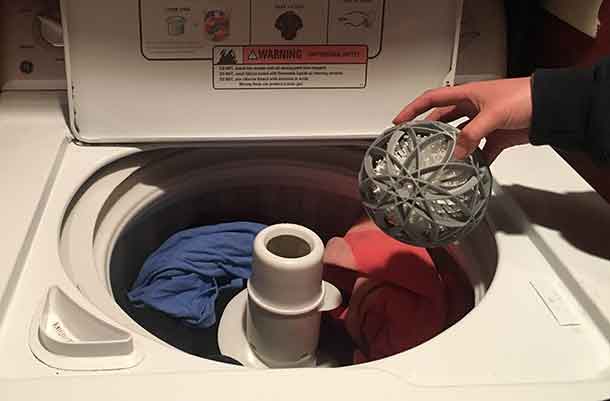
THUNDER BAY – Fleece is a wintertime staple but could be contributing to the next big ocean plastics problem: lint. The lightweight, cozy material sheds some of its synthetic microfibers each time it’s washed, and this lint ultimately ends up in surface waters and in fish and other wildlife. An article in Chemical & Engineering News (C&EN), the weekly newsmagazine of the American Chemical Society, looks into the problem and possible solutions.
Melody Bomgardner, a senior editor at C&EN, reports that researchers are just getting a handle on how synthetic microfibers from clothing are getting into the environment. Waste water from washing machines is one way. Researchers say lint can also escape into the air and get washed into surface waters with the rain. Additionally, other uses for synthetic fibers such as carpeting can contribute to the pollution. What this microfiber contamination means for human health, wildlife and the environment is still unclear.
While some researchers are working to understand the scope of the problem, others are developing solutions. A number of tactics could help, including changing fabric and clothing production methods and updating wastewater treatment plants. And one group has invented a prototype microfiber catcher for use in washing machines.
190,000 tons of plastic microfibers enter the ocean every year. It’s considerably more than the 35,000 metric tons of plastic that come from micro-beads in cosmetic products, which hit the headlines in 2016.
The plastics end up often into the food chain.
